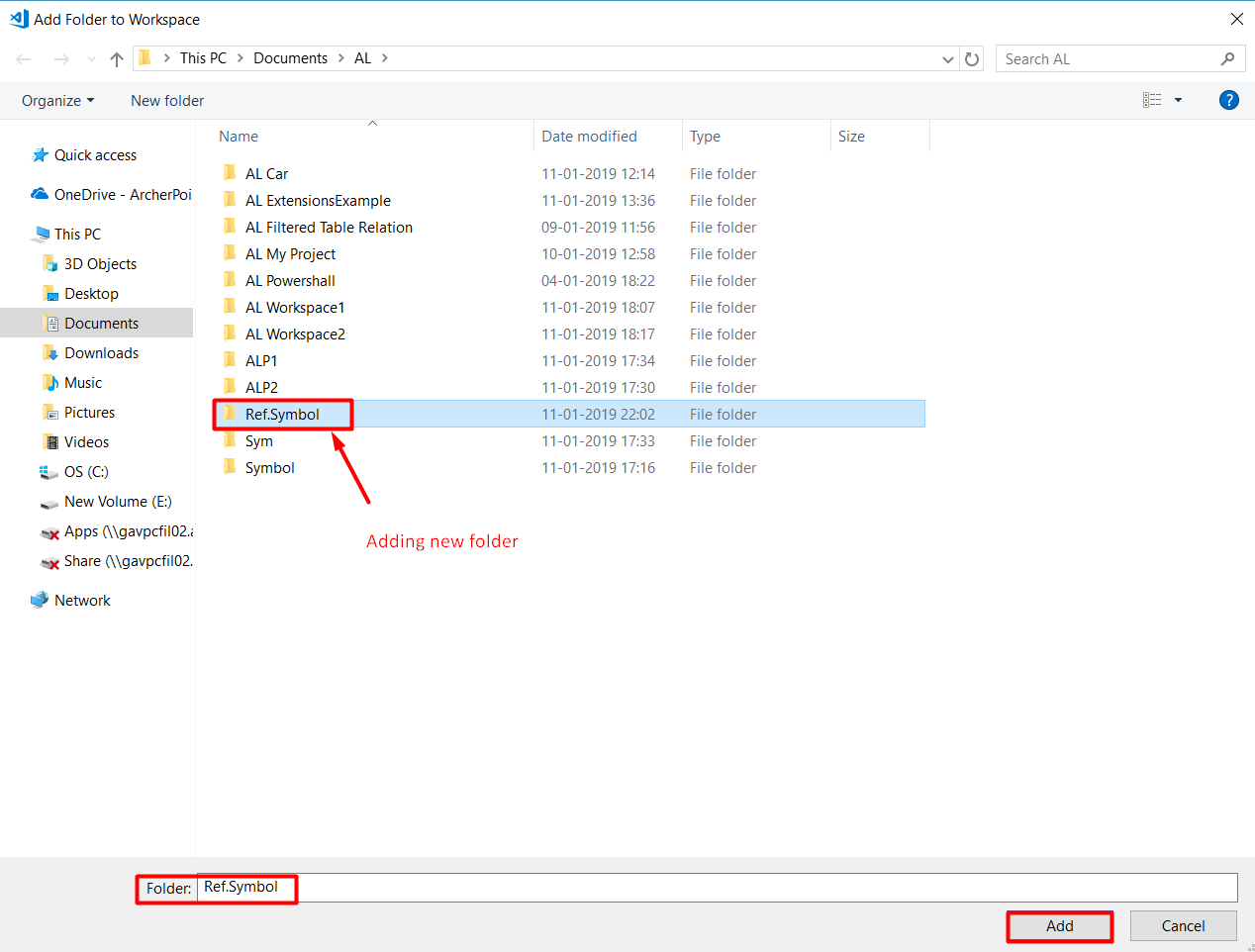

Supported, please make sure the JAVA_HOME environment variable When doing a demo, you can use a profile to set up a specific configuration for your demo.Java 8, 11, 17 provided by OpenJDK or Oracle. Using this approach, you can easily switch between workspaces and always have VS Code configured the right way. For example, you can create a JavaScript frontend profile that includes the extensions, settings, and customizations you use for JavaScript development in one workspace, and have a Python backend profile that includes the extensions, settings, and customizations you use for Python development in another workspace. Since profiles are remembered per workspace, they are a great way to customize VS Code for a specific programming language. In this section, we look at some common use cases for profiles. Profiles are a great way to customize VS Code to better fit your needs. Select the Import Profile button and you will now be using the imported profile. You can unselect some profile elements if you don't want to import them. Once you have selected the profile, the Profiles view opens and displays the profile to import. You are prompted for the URL of a GitHub gist or the file location of a profile via an Import Profile dialog. To import an existing profile, run the Import Profiles command.

A profile is persisted in a file with the extension. If you chose to save the profile as a local file, a Save Profile dialog lets you place the file on your local machine. From your GitHub gist page you can rename, delete, or copy the GUID of a gist.


You can also access the Profile command menu via the Manage gear button in the lower right of the Activity bar. An Empty Profile includes no user customizations (settings, extensions, snippets, etc.). You can create a new profile based on the current profile ( Profiles: Create from Current Profiles) or create an Empty Profile. To create a new profile, you can use the File > Preferences > Profiles > Create Profile menu item ( Code > Preferences > Profiles > Create Profile on macOS).
#Visual studio code workspace location install
As you modify settings, install extensions, or change UI layout by moving views, these customizations are tracked in the Default Profile. VS Code treats your current configuration as the Default Profile.
#Visual studio code workspace location how to
This topic explains how to create, modify, export, and import profiles. VS Code Profiles let you create sets of customizations and quickly switch between them or share them with others. Visual Studio Code has hundreds of settings, thousands of extensions, and innumerable ways to adjust the UI layout to customize the editor.


 0 kommentar(er)
0 kommentar(er)
